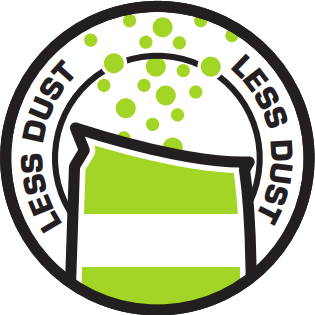GM omnifix
Construction adhesives
Applications
GM+ omnifix is a high-performance thin-bed adhesive mortar, suitable for laying and bonding all types of bricks and concrete blocks for joint widths of 4 to 10 mm. Can be applied with trowel, grouting bag or gluing machine. Because a matching color can be selected and because of the fact that the (thinner) joint is set back the mortar is very inconspicuous.The mortar can be used in all standard situations as well in work with open head joint as closed head joints and as pointing mortar. There are two types of mortar, depending on the water absorption of the used brick en the application methode you have to choose: type A for absorbent bricks and type B for low- or non-absorbent bricks and concrete blocks.

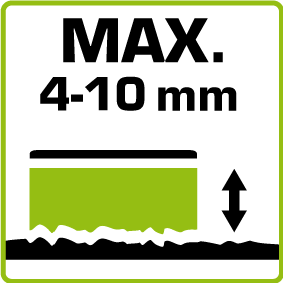
External certifications
- CE conformity according to system 2+, BÜV NW, Düsseldorfer Straße 50, D-47051, Duisburg with number 0778, certificate 0778-CPR-8.554-2/1 998-2
| INITIAL RATE OF WATER ABSORPTION (IRA) | MORTAR TYPE | ||
| IRA class | Type facade brick | Initial water absorption (kg/m2 min) | GM+ |
| IRA1 | Very low absorption | IW ≤ 0,5 | B |
| IRA2 | Moderate absorption | 0,5 < IW ≤ 1,5 | A |
| IRA3 | Normal absorption | 1,5 < IW ≤ 4,0 | A |
| IRA4 | Very high absorption | 4,0 < IW | A |
IRA: Determined in accordance with EN 772-11
The weather conditions can affect the suction power.
Getting started with GM omnifix

chocolate
kaki

pure

campine
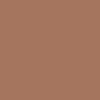
sienna
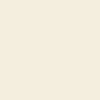
straw

snow

toscane

concrete

titan

sand
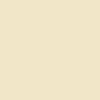
ivoire

sahara

pigeon

rosso

metallic

orange
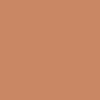
canyon

antracite

cacao

wengé

wine
Colour chart
Certificates and documents
Download the documents available from this specific product here.
Additional documents
Can't find the right certificate?
Contact usLet us help you out
What is the difference between the techniques?
Gluing/thin bricklaying, ironing and normal bricklaying of facing bricks.
- Gluing or thin brickwork: a joint of 4 to 8 mm is created between the facing bricks. The glue or thin-bed mortar (also called thin-bed mortar) is applied recessed (deeper) and the stone is no longer added. Because a thinner joint is created that is not added, the color of the stone largely determines the appearance of the facade. The adhesive mortar or thin-bed mortar is often processed in a color that matches the stone color.
- Traditional masonry: The joint is approximately 12 mm. When laying bricks, the joint determines the appearance. The thinner the joint, the stronger the effect.
- Flushing: This technique involves traditional bricklaying (8-12 mm joint) whereby the colored masonry mortar is also used to finish the joint in one subsequent work pass. It mainly increases returns.
The choice between gluing and thin bricklaying on the one hand and bricklaying or ironing on the other hand is primarily an aesthetic choice.
Thin bricklaying or gluing?
Gluing is of much better quality than thin bricklaying. Thin-brick mortar is usually chosen when one wants to apply the mortar with a trowel (i.e. in the traditional way). As a result, the joint will be thicker than with adhesive mortar (often 6-8 mm). The yield will also be lower when laying thin bricks with a trowel than when gluing with a piping bag or pump. Because the mortar consumption is higher, the excess mortar must be scraped out and the facade must be brushed. Practical experience has taught us that gluing is faster and also produces better and better quality work. In addition, much more is technically possible with glue, because the adhesive mortar is much stronger.
Do I have to order my colored mortar in one go?
It is advisable to order colored mortar in one go to avoid slight color differences.



